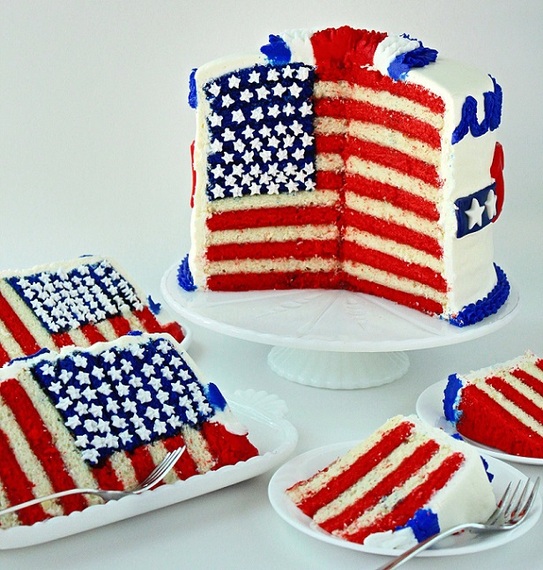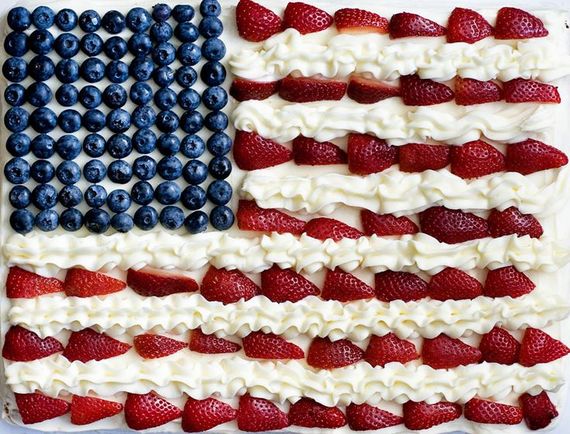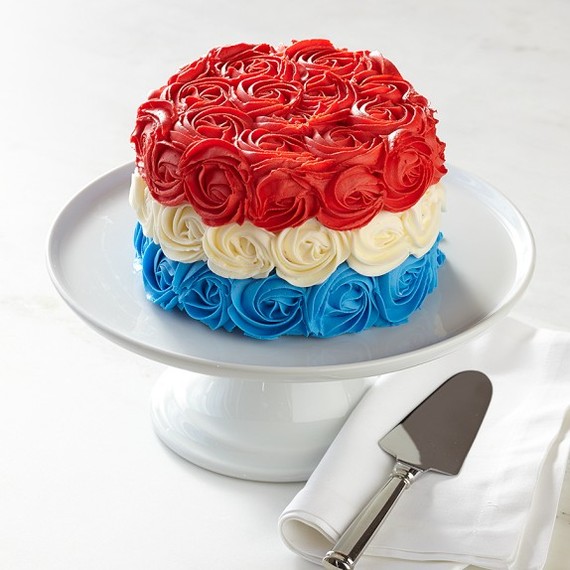
Just How Dangerous Are Energy Drinks, Anyway?
After a day of sipping energy drinks on the beach in Rocky Point, Mexico, 16-year-old Lanna Hamann went into cardiac arrest and died on June 14.
While the cause of Hamann’s death is still unknown, the potential dangers of caffeinated energy drinks like Red Bull, Monster and Rock Star have public health advocates worried — and for good reason. Energy drink-related emergency department visits have skyrocketed, nearly doubling between 2007 and 2011, according to the Substance Abuse and Mental Health Services Administration’s Dawn Report, which tracks the nation’s drug-related emergency department visits. (There have also been multiple fatality filings against both 5-Hour Energy and Monster Energy, according to The New York Times, although such filings do not necessarily mean that the drinks contributed to the deaths in question.)
Caffeine is popular. About 80 percent of adults in the U.S. consume the stimulant daily, and most of us are responsible about it. And what’s not to like? In low doses, caffeine is basically harmless and, according to Kathleen Miller, Ph.D., a senior research scientist at the University at Buffalo’s Research Institute on Addictions, can even be beneficial to healthy adults by increasing concentration, speeding reaction times and reducing fatigue.
But what many of us forget is that our daily fix is actually a psychoactive drug. “Get high enough levels — and I’m not talking really, super high here, say 500 milligrams of caffeine, that’s the equivalent of five cups of coffee – and you run into what’s called caffeine toxicity,” Miller says. “That includes the headaches, tremors, heart palpitations and nausea. At high enough levels — and this is fairly unusual — caffeine is toxic enough that, for some people, it can cause seizures, mania, hallucinations, even strokes.”
While most people understand how drinking a cup of coffee will affect them, energy drinks are a relatively new phenomenon — and a largely misunderstood one at that. The neon-colored drinks can seem to be marketed toward active individuals and young people. Red Bull promises to give you wings. Monster and Rockstar energy drinks promote extreme sports on their websites. We could be forgiven then, for thinking that energy drinks are appropriate to consume while exercising. They are not. The diuretic effect of caffeinated energy drinks can cause the body to lose water, dehydrating you in the process. Miller explains:
The general public in many cases doesn’t really get the difference between a Red Bull or a Monster on one hand, and Gatorade on the other hand. And they are doing the exact opposite things. Gatorade or Powerade, those are designed to rehydrate and bring back electrolytes into the system. They are designed for use with exertion. The others are really, really good things to avoid under the same circumstances.
It might come as a surprise, too, that canned energy drinks don’t come with health warnings the way that alcohol and cigarettes do. Because energy drinks often contain plant and herbal extracts in addition to caffeine, they can choose to label themselves as dietary supplements rather than food, and aren’t regulated or evaluated for safety by the FDA. Energy drink companies don’t even have to reveal how much caffeine each drink can contains. And without this research, it isn’t clear what effect the combination of plant-based substances (guarana, ginkgo biloba and ginseng are common ingredients) have on the body. Many people also underestimate the power of caffeine from natural sources and aren’t aware that plant extracts like guarana have caffeine-like effects.
Public health advocates like Miller seem to agree that labeling of energy drinks is the first step toward safer consumption. (In 2013, the FDA announced that it would investigate the safety of caffeine in food products, particularly those marketed to children.)
“Let people know what they are drinking,” Miller says. Certain individuals –- those who are exercising, drinking alcohol, pregnant or nursing, anyone with a pre-existing heart conditions, or under the age of 18 — probably shouldn’t be consuming energy drinks at all. “Knowledge is power. The more you tell them, the more they can make intelligent, informed decisions.”




